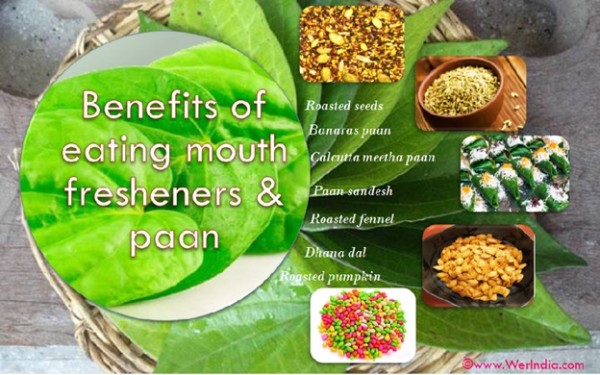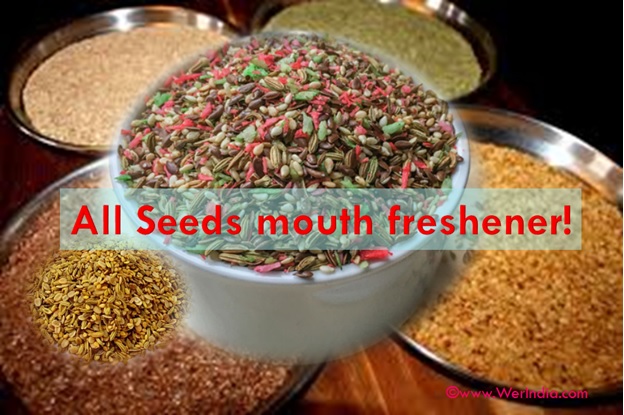
Basics of Healthy Dating
Valentine’s day is behind us and many relationships are formed and may be broken too! What we need to realize is irrespective of a broken or formed – a relationship should be healthy and safe. Love has many definitions but, the one word that does not give meaning to love is “abuse”. Where there is an abusive relationship there is neither respect nor love. Before falling into an abusive relationship, it is wise to understand the behavior of the person whom you are going to date or already dating. Understand what is healthy dating is-,
As they say love is blind and it is confusing too. There is a chance that one may like and attracted to the abusive behavior of the person with whom you are going on date and might have not realized. Here are some suggestions to understand abusive behavior (or not) of the person you are dating at present (ref: http://www.loveisrespect.org/)
Relationships exist on a spectrum, from healthy to unhealthy to abusive — and everywhere in between. It can be hard to determine where your relationship falls, especially if you haven’t dated a lot. One need to understand the basics of dating, healthy relationships and to draw the line before abuse starts.
So, Are We Dating?
It’s important that both you and your partner agree on a definition for your relationship. Whether you call it “dating” or something else, both people should agree on the same ground rules.
Keep these questions in mind:
- Do you have romantic feelings for this person?
- Are you and the person you’re interested in both looking for a committed relationship?
- Do you hang out or go on dates without a group of friends?
- Is the status of your relationship something you’ve shared online, like on Facebook?
- Do both people in the relationship agree that it’s exclusive?
Is My Relationship Healthy?
In a healthy relationship:
- Your partner respects you and your individuality.
- You are both open and honest.
- Your partner supports you and your choices even when they disagree with you.
- Both of you have equal say and respected boundaries.
- Your partner understands that you need to study or hang out with friends or family.
- You can communicate your feelings without being afraid of negative consequences.
- Both of you feel safe being open and honest.
A good partner is not excessively jealous and does not make you feel guilty when you spend time with family and friends.
A good partner also compliments you, encourages you to achieve your goals and does not resent your accomplishments.
My Partner Doesn’t Physically Hurt Me
Just because there is no physical abuse in your relationship doesn’t mean it’s healthy. It’s not healthy if your partner:
- Is inconsiderate, disrespectful or distrustful.
- Doesn’t communicate their feelings.
- Tries to emotionally or financially control you by placing your money in their banking account.
- Keeps you from getting a job or gets you fired.
- Humiliates you on Facebook or in front of your friends.
- Threatens to out you to your family.
So, Is My Relationship Unhealthy?
Everybody deserves to be in a healthy relationship free from violence. Drawing the line between unhealthy and abusive can be hard. If you think your relationship is going in the wrong direction, check out the warning signs of abuse at loveisrespect.org.
Remember, there are many types of abuse and while you may think some of them are normal — they are not. Even though teen and 20-something relationships may be different from adult ones, young people do experience the same types of physical, sexual, verbal and emotional abuse that adults do. You should take violence in your relationship seriously.
These are all understandable reasons to feel nervous about leaving your partner, but staying in the abusive relationship isn’t your only option.
It is better to be safe than sorry!
Image credit: mage by pasja1000 from Pixabay (Free for commercial use)
For more visit: http://www.loveisrespect.org/
Author: Sumana Rao | Posted on: February 13, 2018
« World Cancer Day Ovarian cancer originates from Fallopian tubes! »
















